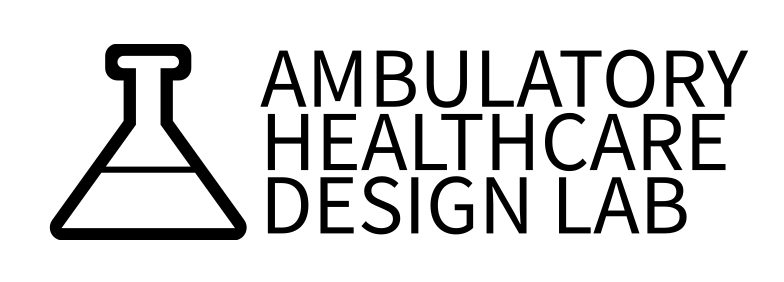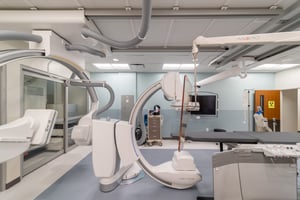Endoscopic spine surgery in the outpatient setting is transforming the field of spinal surgery,...
OBS vs ASC vs HOPD
What are the basic differences in the design of office based surgery suites (OBSs), ambulatory surgery centers (ASCs), and hospital outpatient departments (HOPDs)?
When it comes to outpatient surgical procedures, there are several options available to patients, including office-based surgery suites (OBSs), ambulatory surgery centers (ASCs), and hospital outpatient departments (HOPDs). Each of these facilities has its own unique design and regulatory requirements.
Starting with OBLs, these surgery suites are often located in conjunction with a physician's office or clinic. They are designed to provide a convenient and cost-effective option for minor surgical procedures that do not require extensive post-operative care. OBLs are equipped with the necessary medical equipment and supplies, ensuring a safe and sterile environment for patients. The layout of an OBS is often compact and efficient, maximizing the use of space while carefully organizing patient and staff flow. OBS's typically must comply with building codes and state regulations, and many are certified to meet CMS requirements by accrediting agencies such as AAAASF, AAAHC, or The Joint Commission.
ASCs, on the other hand, are usually licensed facilities that are standalone and specifically designed for outpatient surgery in fully equipped operating rooms. These centers have highly specialized systems and equipment, including for instance, high performance HVAC systems, emergency and isolated power, piped medical gases, sterilization facilities, water treatment, and call systems, enabling surgeons to perform a wide range of procedures in a highly controlled setting. Patient and staff experience are important concerns in the planning and design of ASCs, where ample space, optimized workflow, controlled acoustics, introduction of natural light, biophilia, and durable, hygienic materials are key elements. In addition to the local building codes, ASCs must meet state Department of Health standards which often incorporate the FGI Guidelines for Design and Construction of Outpatient Facilities and the NFPA Life Safety Code. ASC's that wish to receive Medicare reimbursements usually must be accredited by one of the accrediting bodies, often AAAHC or The Joint Commission.
Finally, HOPDs are outpatient departments, often within hospitals or medical centers, that provide same-day surgical services. As part of a larger hospital delivery system, they are designed to handle a wide range of procedures, including both minor and complex surgeries. HOPDs can be similar to ASCs, but they have access to other hospital services and departments, are included under the hospital license, and aren't subject to the same facility separation requirements as ASC's. While an ASC usually stands alone, an HOPD may share mechanical, electrical, and other systems with the hospital or other departments. There is a trend today to convert HOPDs to ASCs to provide a wider range of ownership opportunities and capture higher reimbursements for certain procedures. One must carefully investigate the design peculiarities between these facility types when planning a conversion to avoid costly delays and other surprises.
In summary, OBLs, ASCs, and HOPDs all have their unique design differences and purposes. While OBLs provide a convenient and cost-effective option for minor procedures, ASCs are standalone, specialized, patient and staff centered settings for outpatient surgeries. HOPDs, on the other hand, are similar to ASCs, but are often integrated within the larger hospital setting and may share program elements and infrastructure with other departments. Understanding these differences can help in making proper decisions during the design process, especially with regard to licensing, regulatory, and accreditation requirements.



